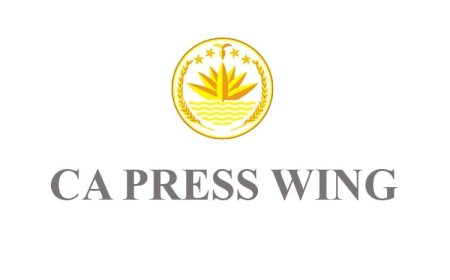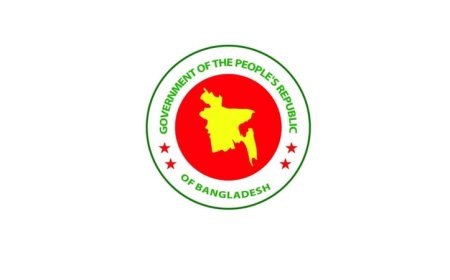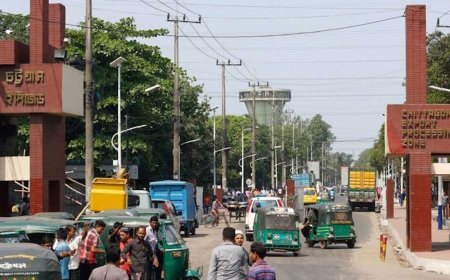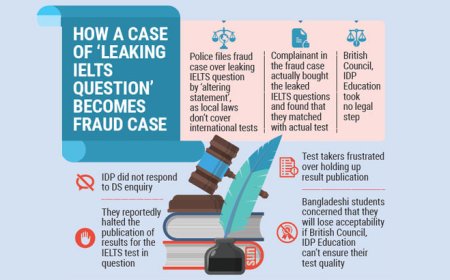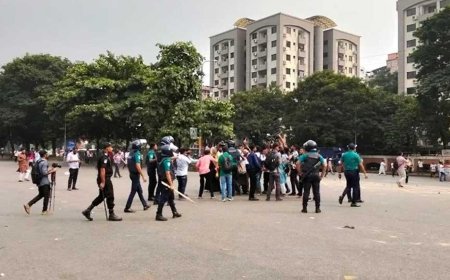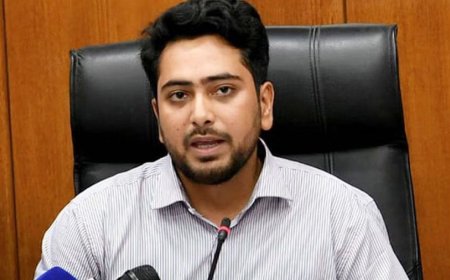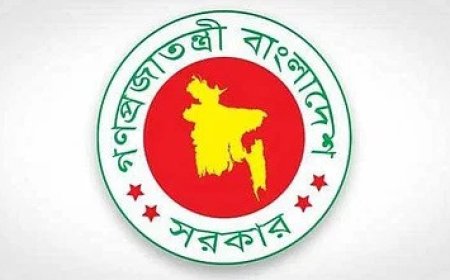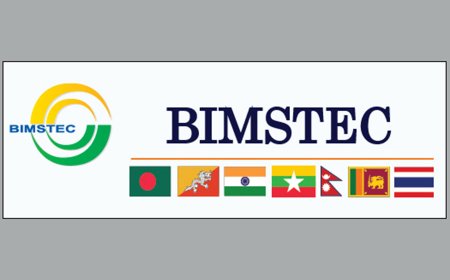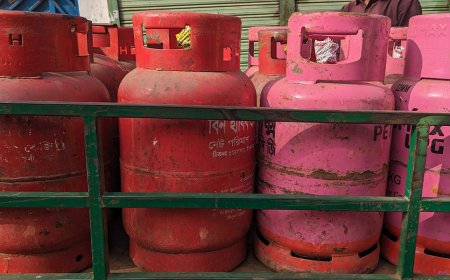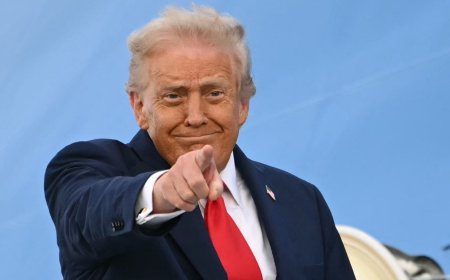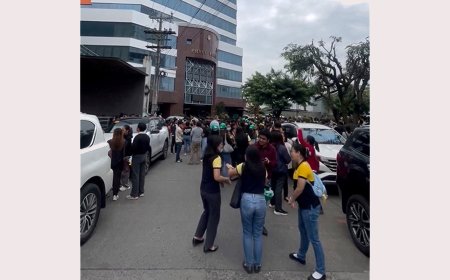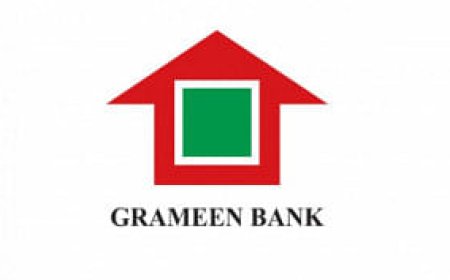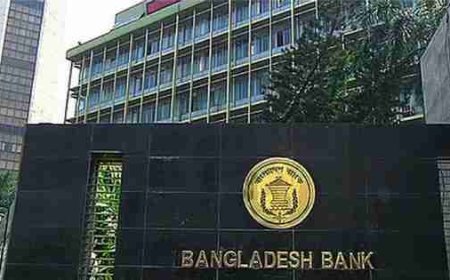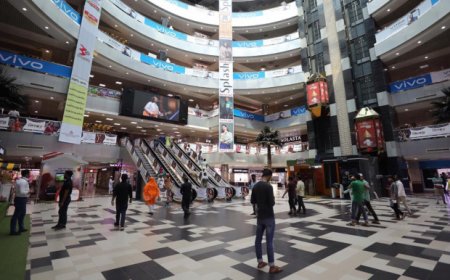High tax expenditure: An inconsistency in Bangladesh's tax system
High tax expenditure: An inconsistency in Bangladesh's tax system

Low Revenue Efforts: A Paradox in Bangladesh’s Tax System
Historically, revenue generation in Bangladesh, defined as the tax-to-GDP ratio, has been low. Between 2011 and 2023, this ratio declined from 11% to 8.3%, a drop of 2.7 percentage points over a 12-year period during which per capita GDP increased by approximately 200%. Given the upward trend in per capita GDP—indicating rising income and a broader tax base—one would expect revenue generation to increase, even if tax rates remained unchanged. This decline in revenue efforts highlights an inefficient revenue system in Bangladesh.
A notable paradox in the tax system is the maintenance of a high tax expenditure ratio, or revenue forgone, despite dismal revenue efforts. Tax expenditure includes special provisions in the tax code—such as exclusions, deductions, deferrals, credits, and preferential tax rates—that benefit certain activities or groups, leading to a loss of revenue. Although annual data on tax expenditure in Bangladesh is limited, a recent study by the National Board of Revenue (NBR) estimated the total tax expenditure for direct tax in FY21 at 3.56% of GDP. While some of this expenditure may be justifiable, the high level of tax expenditure against low revenue efforts is clearly unsustainable. Including VAT and customs duties, the total tax expenditure could exceed 5% of GDP.
Moreover, the methodology used to estimate tax expenditure is often subjective, resulting in generally underestimated final figures. According to the Global Tax Expenditure Database (GTED) progress report published in 2022, the global average of reported revenue forgone from tax expenditures was close to 4% of GDP and over 24% of total tax revenues. However, actual figures are likely much higher due to widespread underreporting. If this trend holds for Bangladesh, tax expenditure could be around 7% to 8% of GDP.
The GTED report categorized tax expenditure data from 95 countries into four income groups: lower-income countries (LICs), lower-middle-income countries (LMICs), upper-middle-income countries (UMICs), and high-income countries (HICs). In 2021, the average tax expenditure for LICs was 2.8% of GDP, 3% for LMICs, 4% for UMICs, and 4.7% for HICs. In comparison, Bangladesh’s estimated tax expenditure of 3.6% (only for direct tax) appears relatively high. Due to limited transparency in this area, measuring the benefits of tax expenditure is challenging. This uncertainty raises concerns regarding its economic and social impacts. Without assessments to justify current tax expenditures, their continuation should be limited.
If a 1% cap were imposed on tax expenditures, it could potentially release revenue equivalent to about 4% of GDP. This additional revenue could raise the tax effort to 15% of GDP. The forgone revenue could be allocated to various sectors, such as social programs, infrastructure, agriculture, and skills development.
Furthermore, capping tax expenditure would enhance public expenditure transparency, allowing for better scrutiny through mechanisms like the medium-term budget framework (MTBF) conducted by line ministries and the finance ministry, as well as the Annual Development Programme (ADP) managed by the Planning Commission.
In 2023, the Policy Research Institute's (PRI) Centre for Domestic Revenue Mobilisation (DRM) explored the necessity of increasing expenditures in merit-based sectors by mobilizing additional revenue through the direct tax system. Simulations indicated that raising revenue from personal income tax could have positive effects on the national economy by allowing the government to invest more in public services. For instance, a two-percentage-point increase in personal income tax could boost economic growth by 0.5% and raise labor income by 3%.
This analysis underscores that maintaining high tax expenditures is untenable due to forgone revenue, lack of transparency, and low return on investment. Immediate actions are necessary to reform Bangladesh's fiscal system by capitalizing on this "low-hanging fruit." Strategic recommendations include:
1. Capping the overall size of tax expenditure at a maximum of 1% of GDP for the next two fiscal years.
2. Establishing a high-power committee to determine eligibility for tax expenditure benefits, focusing on criteria such as employment generation, poverty alleviation, productivity enhancement, and the welfare of women, children, and minority groups.
3. Granting the NBR/government the authority to allocate tax expenditures, perhaps implementing a formula to provide an additional 0.25% of tax expenditure for every two-percentage-point increase in tax efforts, with an overall ceiling of 2% of GDP.
By taking these steps, Bangladesh can create a more efficient and equitable tax system that better serves its citizens.
What's Your Reaction?







